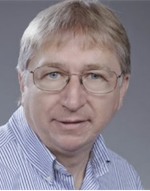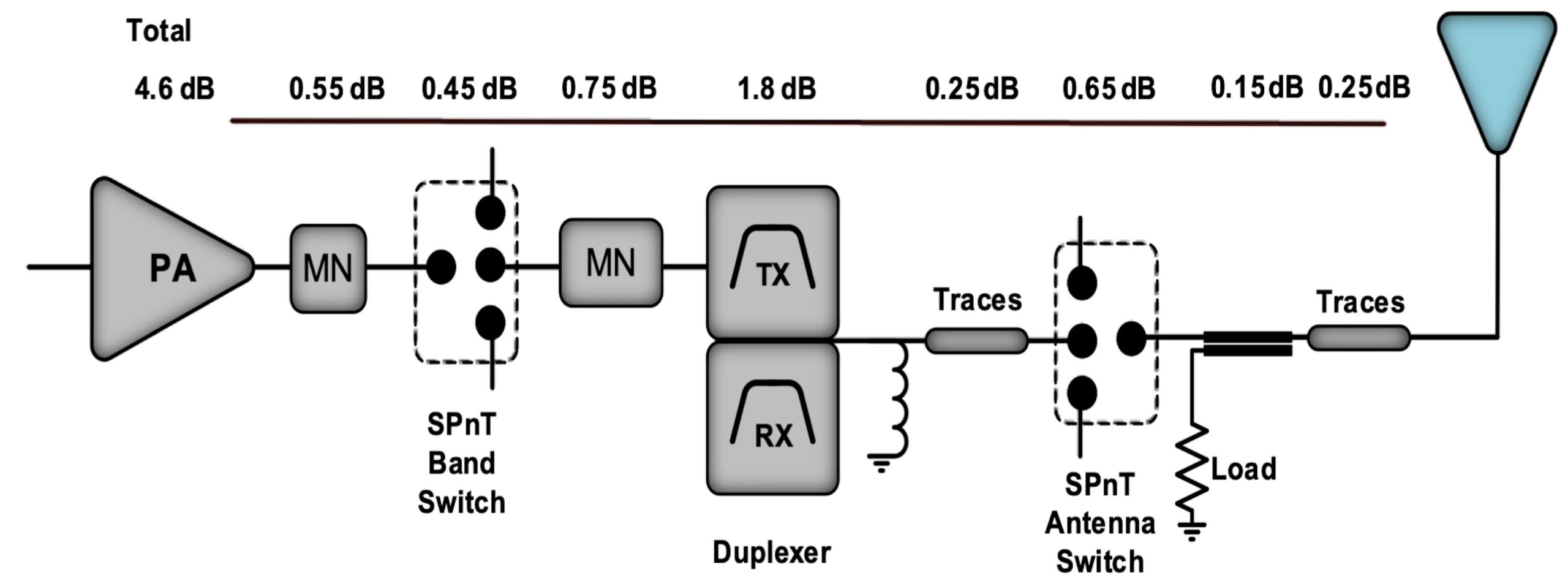RF filters have always been an important part of mobile devices, but in the 5G era, they are the key to unlocking the promised high bandwidth that will drive many 5G use cases.
Top tier 4G/LTE mobile devices contain between 50 and 90 RF filters to support usage in countries across the world. These filters let desired RF signals pass while blocking adjacent unwanted signals that can interfere with the signal. A new filter is needed for every antenna and frequency band supported by the device. Thus, the addition of 5G frequencies and support of antenna diversity will drive the increase in filters in next-generation mobile devices, automobiles and other wireless connected systems.
The transition to 4G required new RF filter resonator structures — film bulk acoustic resonator (FBAR) and solidly mounted resonator, bulk acoustic wave (SMR-BAW) resonating structures were developed to accommodate the increases in frequency to around 2 GHz and in bandwidth to 70 MHz. Similar innovation is needed for 5G as these networks operate in higher frequency bands, requiring new underlying resonator structures to drive performance standards for RF filters. 5G envisions dramatic performance improvements in network capacity, mobile connections, latency, cost, data rates and coverage.
Acoustic filter technology
Acoustic filters are the most popular filter technology for mobile devices because of their small size and high performance. They use the piezoelectric effect to convert RF signals into electrical energy. The substrate is finely tuned to produce specific and minute fluctuations. These fluctuations determine which frequencies the filter will process. Filters can select designated signals from specific frequency bands while rejecting unwanted signals that cause interference. Key acoustic filter technologies include Surface Acoustic Wave (SAW) and Bulk Acoustic Wave (BAW) filters where the acoustic energy propagates either on the surface or the bulk of the piezoelectric respectively (see Figure 1).
The growth in the sheer number of filters used in a mobile device, and the ever more demanding filtering requirements from increasingly crowded airwaves, makes RF filtering the critical pain point of the RF front end (RFFE). Although specific 5G requirements for filters are now being developed, Figure 1 shows the basic outline for those requirements and differences from previous wireless generations has already become clear.
Path loss minimization
Filters in the RF chain contribute contributor to loss, which has a critical impact on total transmit efficiency and the current draw for the PA and battery life. Figure 2 shows where loss occurs in the RFFE, a module that includes power amplifier, RF filter, antenna switch, low noise amplifier (LNA) and other circuitry. The Tx/Rx filter accounts for the most significant loss by far, and consequently, the power drain on the battery in the Tx path, and the total noise figure in the Rx path — and ultimately for the signal-to-noise ratio (SNR) and the data rate.
5G bands have much wider bandwidth (up to 400 MHz as opposed to 20 MHz) and operate at much higher frequencies than 4G’s 3 GHz. Consequently, 5G equipment needs different acoustic filters, which minimize loss over the entire bandwidth, and, in particular at the band edge. Some other important features of 5G filters include:
Power handling: 5G is optimized for high-speed data/HD video. Because of the mmWave operation, 5G demands significantly higher power than 4G to maintain coverage. In fact, a new high-power user equipment (HPUE) category was created by the 3GPP to operate at +26 dBm at a single antenna. Because of this, power durability of progressively smaller filters becomes a major concern.
Isolation/rejection: In the early stages of using 5G frequency bands, traffic is light, so potential interference issues are few; hence relaxed filter rejection requirements. As more traffic loads onto the 5G network, however, interference that causes a degraded user experience must be addressed with much higher rejection filters. In addition to loss, rejection and power, the increasing complexity of the RFFE, and in particular the filtering requirements is driving additional constraints.
Complex multiplexing: Carrier aggregation (CA) delivers multiple, separate bandwidths to the smartphone that must be multiplexed together into one aggregated data feed to increase the total bandwidth. A filter is required for each of these data streams along with a multiplexing function. In 4G, there were about 50 possible combinations, which, according to analysis by Qualcomm, is expected to soar to well above 1,000 for early 5G devices. This will dramatically increase the specifications and complexity of 5G filters.
Optimized interface to amplifiers: While all filters support a standard 50-Ω interface, in some cases that’s not optimized for the signal path to the power amplifier (PA) or the low noise amplifier (LNA). This can impact power consumption. Understanding the interface challenges while in the design process can ensure the filter is path-optimized, improving performance and contributing to lower power consumption.
Another important consideration comes from a growing collection of RF filter chips that must be tiny and low cost so that they can be accommodated within the phone without impacting the form factor.
Conclusion
The 5G RFFE for mobile broadband will be extremely complex and highly integrated. Acoustic wave filters are critical to managing this complexity. The goal for filter design is to simplify the design: use the most appropriate building blocks for the application and optimize the interfaces within the RFFE module. RF filter designs that minimize and reduce the complexity of components will be of paramount importance, and both tools and IP enabling this innovation will be critical to simplifying the RFFE.
 Mike Eddy is vice president of corporate development for Resonant Inc. and has 30 years of experience in the wireless industry. Previously, he was president and founder of ANTONE Wireless, acquired by Westell Technologies. He also held several senior management positions at Superconductor Technologies. Eddy holds a Ph.D. in Solid State Chemistry from Oxford University and an MBA from Pepperdine University.
Mike Eddy is vice president of corporate development for Resonant Inc. and has 30 years of experience in the wireless industry. Previously, he was president and founder of ANTONE Wireless, acquired by Westell Technologies. He also held several senior management positions at Superconductor Technologies. Eddy holds a Ph.D. in Solid State Chemistry from Oxford University and an MBA from Pepperdine University.








